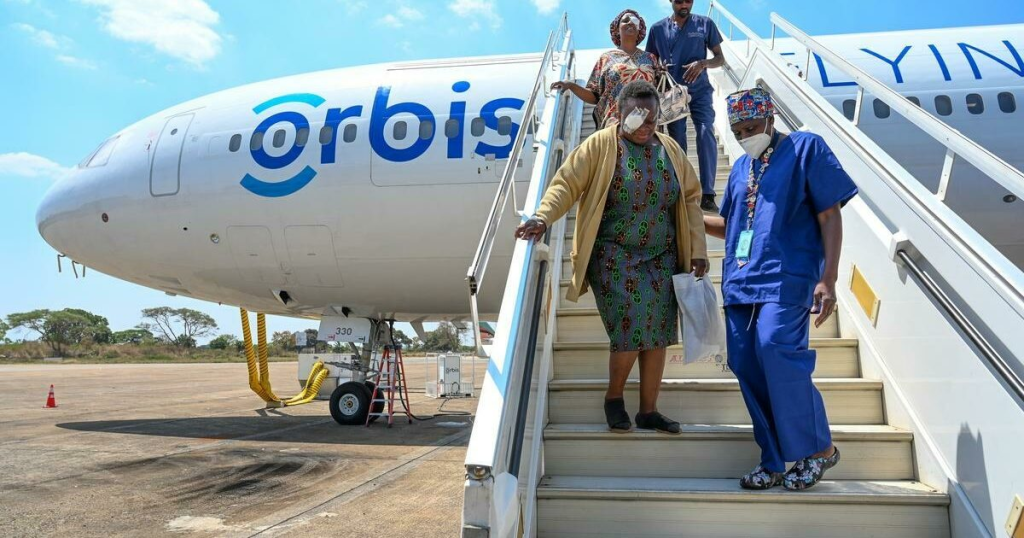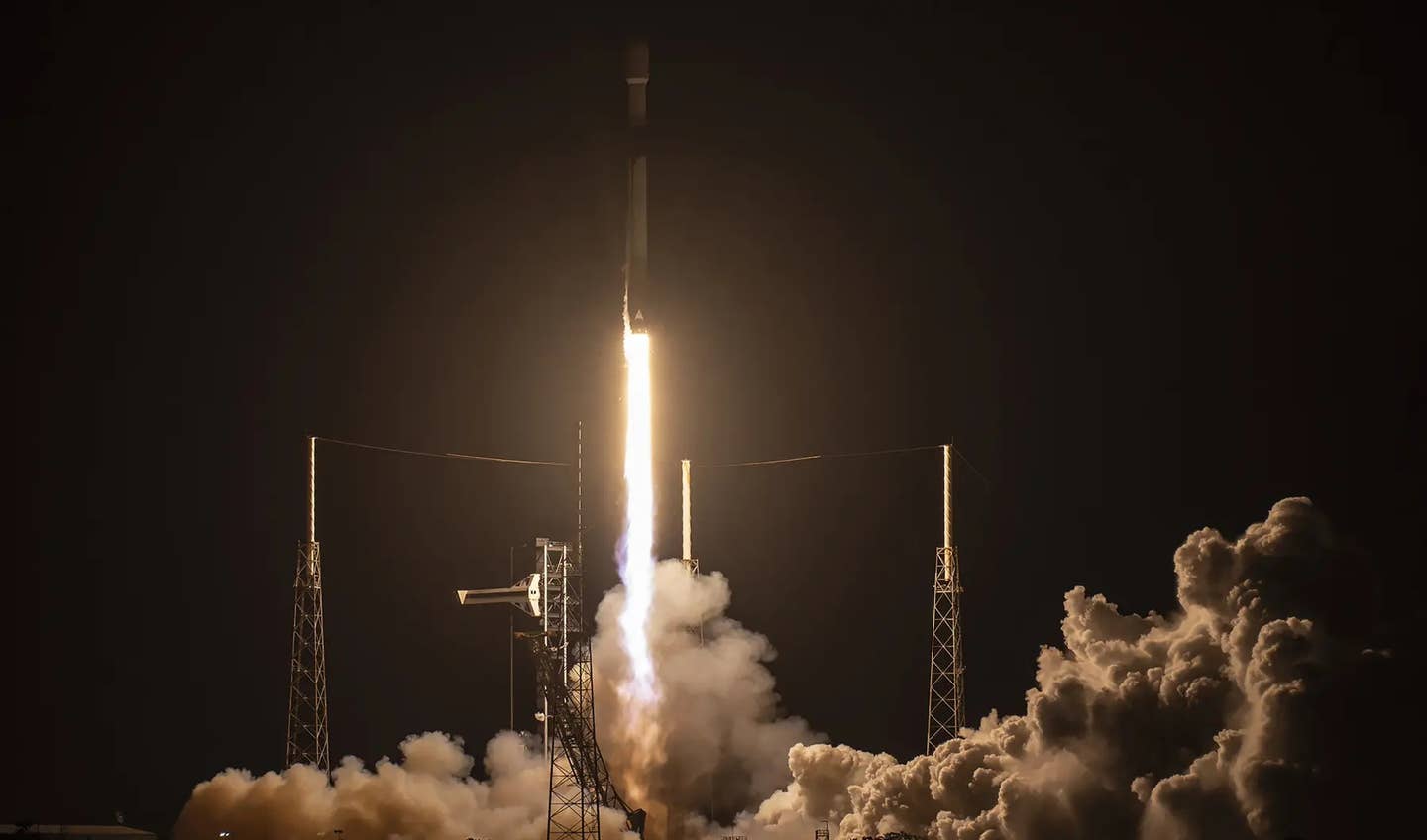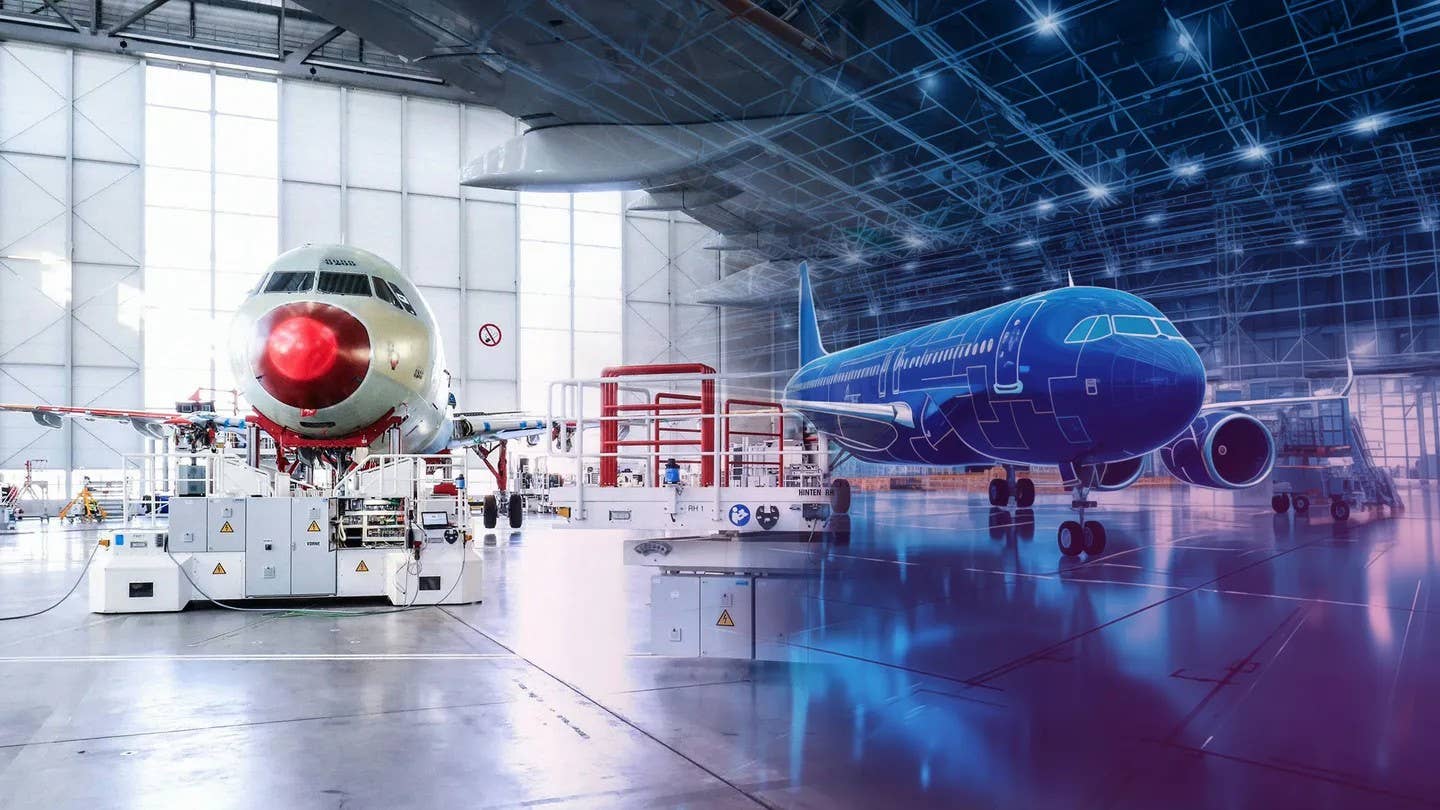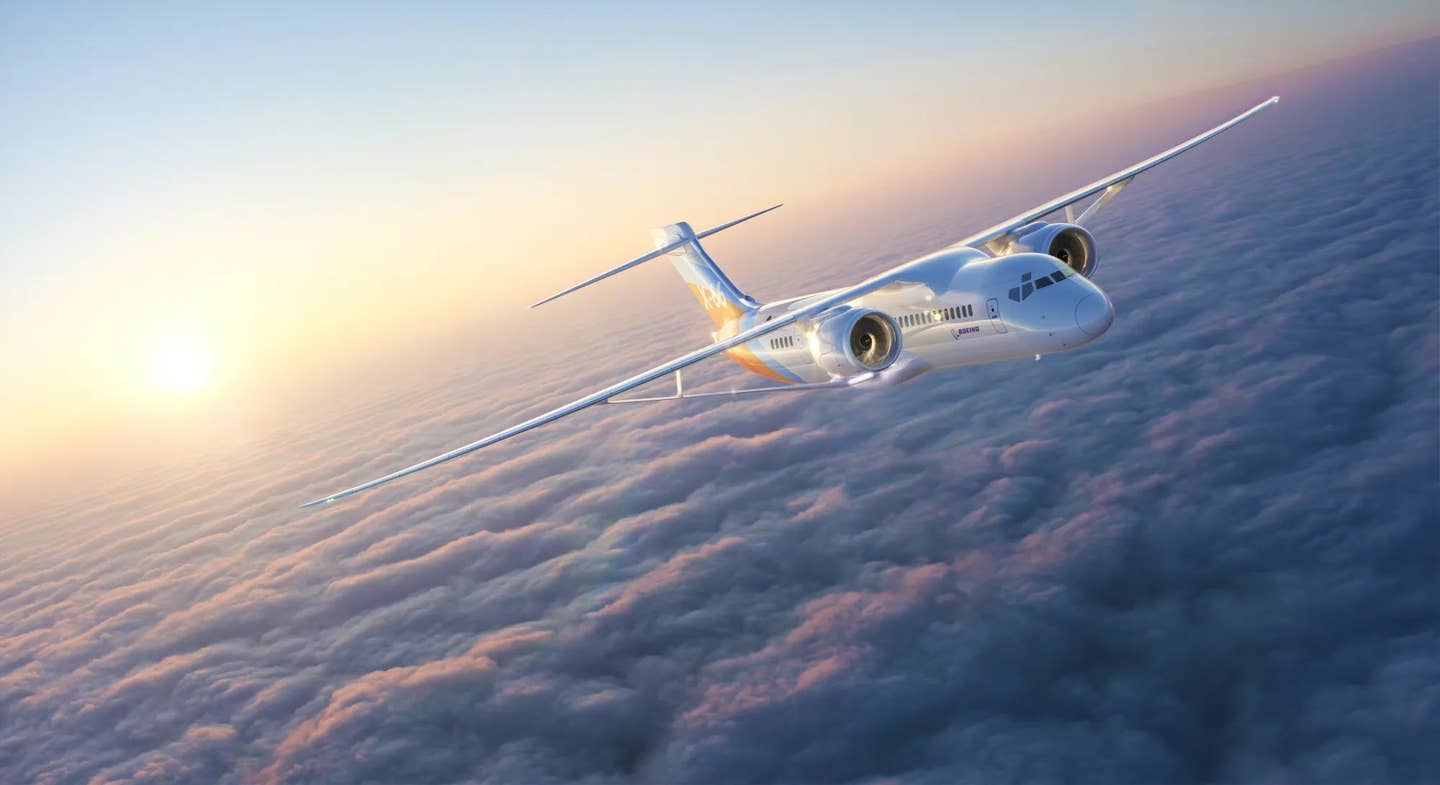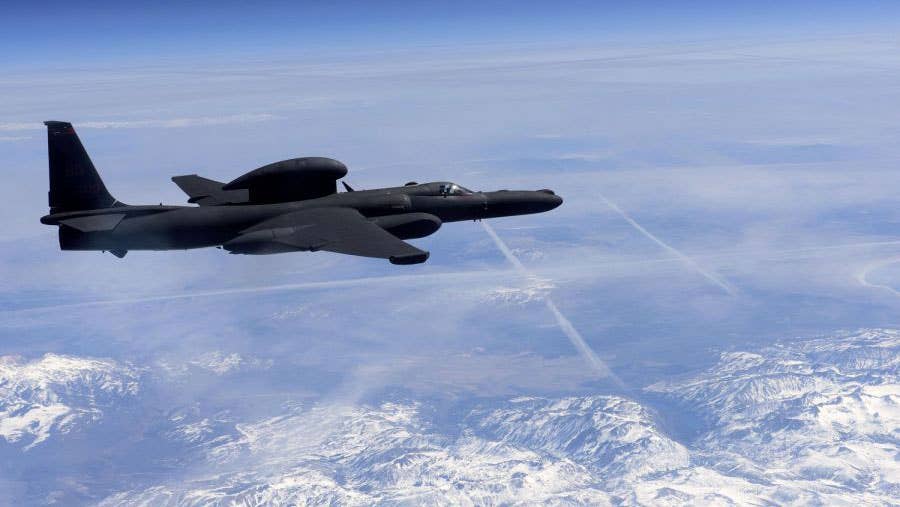
The U-2S Dragon Lady flies as high as 70,000 feet. Robt. M. Trujillo USAF
Spend a few years as a pilot and aircraft checkouts become second nature, those hours spent with an instructor to learn the ins and outs of a new machine so you can head off toward that next dramatic destination on your own. Every once in a while though the act itself of checking out becomes the adventure as a recent story from The Star and Stripes explained about some young USAF pilots.
The goal was pretty simple; train new pilots to solo a single engine jet with a 103-foot wingspan capable of climbing to 70,000, a part of the stratosphere where pilots can experience the curvature of the earth. Oh yes, some of those solo flights could last up to nine hours. This checkout could ready pilots to fly the U-2 spy plane, one of the first products to emerge from the stealthy skunk works in Palmdale, California where Lockheed’s Kelly Johnson gathered an experimental engineering team to create what we’d today call disruptive technologies.
Despite its first flight in 1955, Lockheed Martin still says, “No other high-altitude intelligence, surveillance, reconnaissance asset operating today – or in development – can accomplish the daily peacetime Strategic Reconnaissance Operations of the U-2S, or compete with its future capabilities. The U-2S flies more than 10,000 feet higher, 100 mph faster, and has larger bandwidth links than any other high-altitude ISR platform. Flying 24/7 around the world at record-high operational rates, U-2S collects critical targets no other platform can.” Flying the U-2, also known as the Dragon Lady then is not for the faint of heart.
But the Air Force is struggling with many of the same personnel issues as we in the civilian world, too few capable young people in the right place at the right time. The service estimates it’s already 2,000 pilots short in all aircraft.
Traditionally, a U-2 assignment went to senior pilots with time logged in a variety of other aircraft. Today the Air Force wants to add younger pilots to the U2 squadron earlier in their career. Pilots will, in fact, soon be able to choose the U-2 right out of undergraduate pilot training according.
The Air Force will begin this change to the U-2 pilot pipeline slowly at first, choosing just one pilot this fall and another by late spring 2019. Each selectee will attend T-38 pilot instructor training at Joint Base San Antonio-Randolph, Texas, before moving to Beale AFB California for an assignment as a T-38 instructor pilot for the U-2 Companion Trainer Program. After gaining experience, the pilot will perform the standard two-week U-2 interview process and, if hired, begin basic qualification training.
Depending on how these two new student pilots fare, the Air Force will decide whether to continue the experimental U-2 pilot pipeline, service officials said in a statement. The Pentagon already said it plans to keep the U-2 in the Air Force arsenal well into the future.

Sign-up for newsletters & special offers!
Get the latest FLYING stories & special offers delivered directly to your inbox

